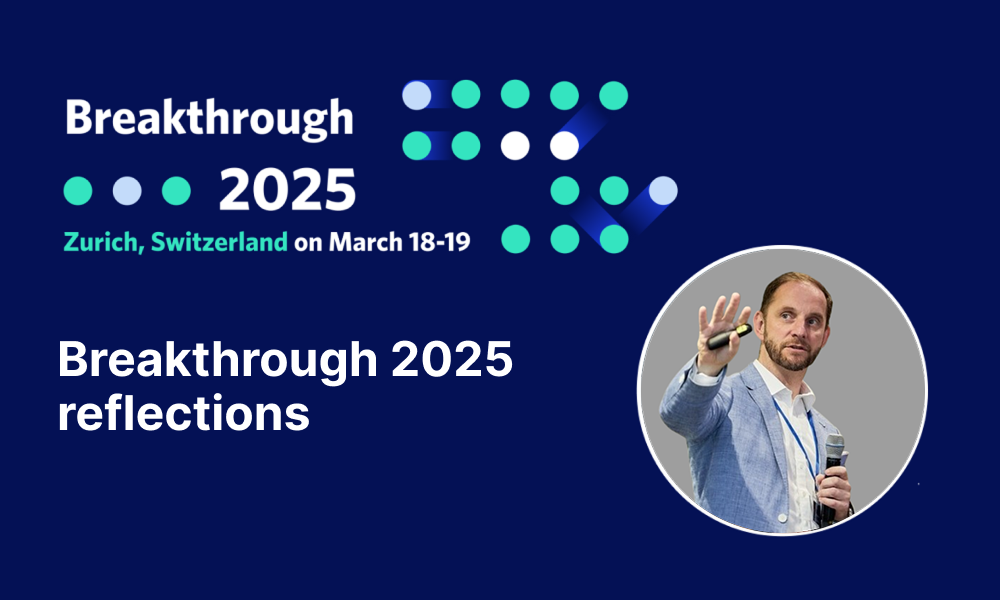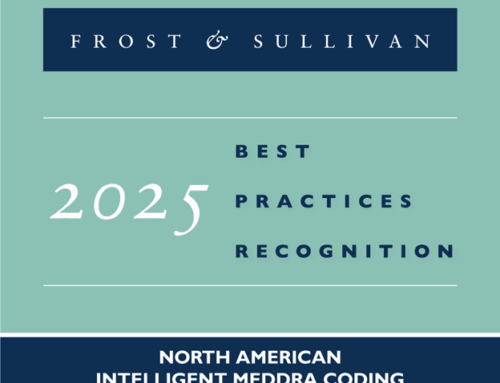Alistair Hankin is Industry Principal, Life Sciences at Snowflake, a pioneering data cloud platform that helps organizations mobilize their data for innovation and growth. At Breakthrough 2025, he took part in a thought-provoking panel discussion on the latest challenges and advances in signal detection, evaluation, and response for improved patient safety, including the role being played by AI. Here he shares his key takeaways from the session, hosted by ArisGlobal’s Art Brown II, and also featuring Amgen’s Head of Signal Management, Vaishali Patadia, and ArisGlobal’s Param Gill.

Much is made of AI’s potential to predict the future, but it can also unlock rich intelligence from the past – a capability often overlooked in the pursuit of the next big thing. In pharmacovigilance, the ability to distil historical signals is at least as valuable as detecting what is happening now.
This, for me, was one of the standout moments during our Breakthrough 2025 panel discussion, around safety signaling and where advanced technology is taking us. The realization in the room that, as important as it is to be ready for next developments (which include quantum computing, as part of the mix), a company’s vast data heritage should never be disregarded.
Tapping the previously impenetrable
It’s an accepted truth that 80% of healthcare data is unstructured data. Whether it exists on paper, in a PDF file, or an old database, if the knowledge contained within those formats isn’t readily accessible and searchable, any associated insights are effectively lost to the organization. They can’t be surfaced to support historical signal detection, and they aren’t available to inform ongoing R&D.
They could be, so easily. But that possibility is being missed as new and more ‘exciting’ AI advances push attention to the future.
It was gratifying then, that in the lead up to a demo of LifeSphere’s latest signal detection capabilities, the panel considered the full and diverse spectrum of available data sources, and the importance of having a robust data strategy to secure maximum value from AI.
We talked about the origins and whereabouts of historical data assets, the importance of FAIR data (making data more Findable, Accessible, Interoperable, and Reusable), and the value of “tidying up the past” – scanning, capturing and indexing it to generate structured, searchable intelligence within a modern database.
Breathing new life into what’s behind us
The past has so much to teach us, to support next advances. Consider a company currently writing new clinical protocols, discovering it’s now possible to do this in moments rather than in months – informed by everything that has gone before, whatever form those older protocols may have taken.
It’s the same with historical safety signals, buried in old reports. The sheer potential of being able to quickly and efficiently survey all Phase I, II and III clinical trial data – not just for a given brand, but for a product class as a whole – is huge.
But to harness AI to distil signals from the past, companies first need a strong data strategy. Understanding where historic assets are, and how to unlock them, should be a focus for every organization as they consider next AI investments.
- Alistair Hankin is Industry Principal, Life Sciences at Snowflake, a pioneering data cloud platform that helps organizations mobilize their data for innovation and growth. He is based in Milnathort, Scotland in the UK.










